Greenwashing: What It Is, How To Spot It And Avoid It

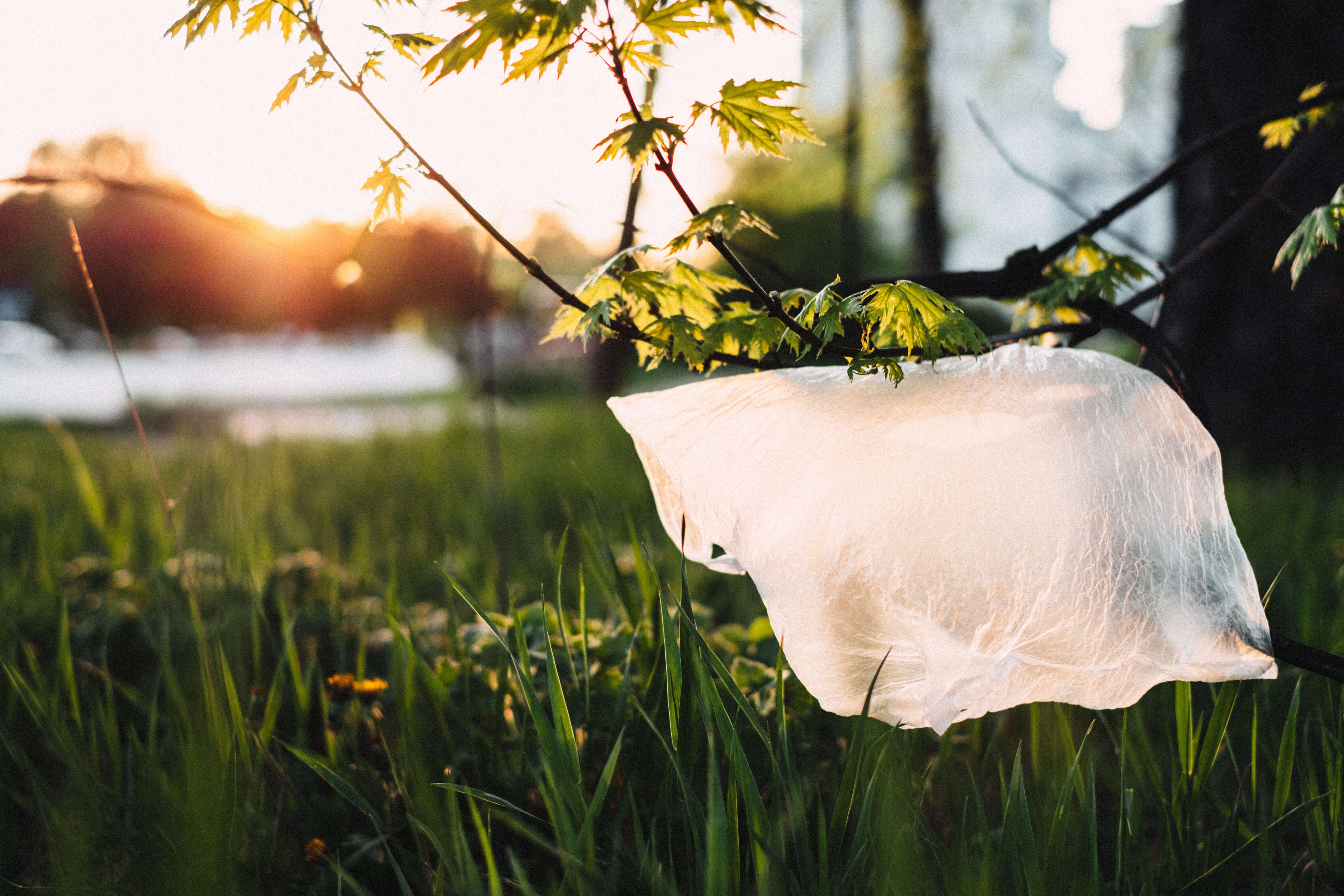
Subscribe now! Receive 15% discount.
Don’t miss out – get 15% off your first order when you join the newsletter. It’s fast, free, and kinda smart.
You're now subscribed!
In this article:
Greenwashing is becoming a prevalent problem in today’s world.
Marketing hype combined with lack of industrial regulation is used to engage and exploit consumer’s growing interest in caring for nature and ‘green’ ethics.
There are, however, businesses of all shapes and sizes that are doing truly good work in reducing their carbon footprint and caring for the environment.
These businesses, along with you, the consumer, are the ones that ultimately fall victim to corporate greenwashing.
Creating false and misleading information is easy for large corporations thanks to their endless marketing budgets.
This means they can appeal to the ‘entry-level’ or ‘lazy’ green consumer and push their not-so eco-friendly products.
The fashion industry, cosmetics, the cannabis industry, and, unsurprisingly, big oil companies are notorious for making greenwashed claims.
In this article, you’ll learn:
- What is greenwashing and how to identify it
- The difference between green washing and green marketing
- The most blatant examples of greenwashing products and companies
- Greenwashing in alternative materials and packaging
But it’s important to keep this in mind as you read this article:
While greenwashing is a disturbing trend, it’s more than likely the first step in the right direction for many many businesses.
Yes, some alternative materials may need more energy/fossil fuels to create. But at the end of the day, if a company is innovating and trying new things in the name of the environment, that’s important.
That being said, blatant greenwashing by large corporations is not cool.
By the end of this article, you’ll walk away knowing exactly what greenwashing is, how to identify it and what to look for if you, as a consumer and a small brand, really want to change the environment.
What is greenwashing
Greenwashing is a deceptive form of marketing that claims a company’s products, policies and goals are environmentally friendly and therefore do less damage to nature, with an underlying purpose to increase profits
Greenwashing can come in two forms:
- Companies spending more time, effort and energy pushing their products as being eco-friendly, rather than making them eco-friendly
- Companies pushing products that are made from alternative materials that have a larger carbon footprint than ‘traditional’ materials.
Many marketing slang terms are widely known and accepted by the consumer. But when businesses use confusing and empty jargon, greenwashing isn't far off.
Evidence of corporate greenwashing can be seen when large companies launch eco-friendly marketing ‘campaigns’.
Upon closer inspection, you can regularly see that the business has spent more on the marketing campaign than on the environmentally sound practices themselves.
One example is the Australian Supermarket giant, Coles.
In mid-2018, the company banned single-use plastic bags and started charging customers 15 cents to buy thicker reusable plastic bags.
The company stated that this was ‘a crucial move to get single-use plastics out of landfill’, arguing that the fact customers had to pay for higher quality plastic bags, meaning they’d be more incentivised to use them again.

The new bags used more petroleum-based plastic, took longer to break down and posed a greater threat to wildlife - and the company was pocketing 15c per bag.
This also shifted the social responsibility of the corporation to the individual.
And, just 4 days after launching the new bags, a fisherman found one floating in the water, 35kms off the northern coast of Australia.
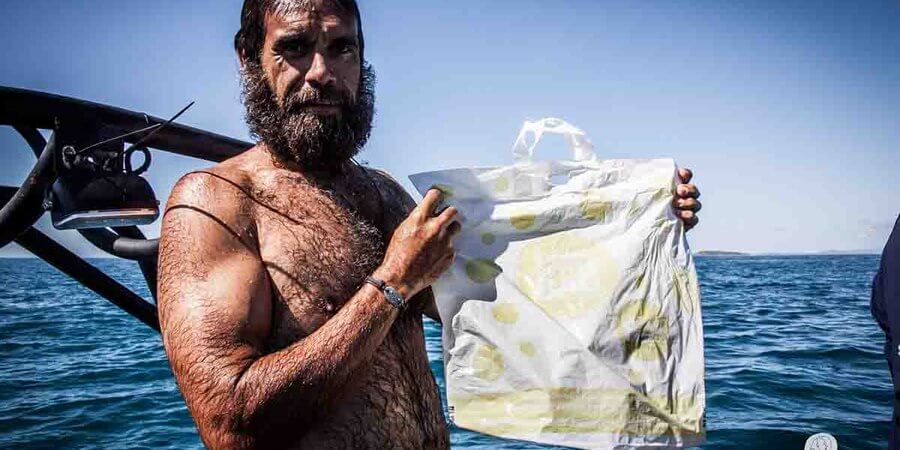
As one of the corporations that have a monopoly on the Australian Supermarket industry, it carries a large social and environmental responsibility.
Here’s a handful of things Coles could have done that would have genuinely helped the environment:
- Stop selling ‘miniature plastic versions of your favourite products’
- Remove single-use packaging from its own Coles branded products
- Remove single-use plastic products (straws, cups etc) from shelves.
Coles' act of ‘environmentalism’ did a lot more harm than good.
Here are some other ways that corporate greenwashing has an overall negative effect:
Greenwashing’s effect on consumerism
Greenwashing also has ripple effects on consumer behaviour.
In a knee-jerk reaction to avoid blatantly greenwashed products, consumers may actively search for ‘eco-friendly’ products.
This often leads to finding a product that’s not greenwashed, but not the best alternative, either.
It’s at this point where honest marketing needs to be prevalent.
Greenwashing vs green marketing
As you no doubt know, there are some quality brands out there that do deliver truly environmentally friendly products.
We know this because their marketing claims are backed up by industry-recognised certificates and government-backed standards.
Furthermore, they’re open and transparent with the way they operate.
So what’s the difference between greenwashing and green marketing?
Green marketing is not a simple phrase to define, as several meanings cross over and contradict one and other.
But, it the easiest way possible:
Green marketing is the process of marketing products based on their environmental benefits.
A great example of a competitive ‘green marketing’ brand is The Body Shop.
As a large franchise, the company knows that it needs to understand what it’s customers prioritise as important and provide a product that fits that demand.
Below is an example of The Body Shop's Enrich not exploit campaign that communities around the world celebrated as being genuine and effective in its goals:

Combine their eco-friendly products with a solid track record of environmental performance and social awareness, and the body shop is a brand that successfully pulls off green marketing.
In essence, green marketing refocusses, adjusts and enhances the current concepts of modern marketing.
It also challenges the way the western world markets products to provide a different perspective.
If you’re familiar with marketing in any way, here’s a great image from J. Ottman Consulting, Inc that breaks down the differences.

In other words, green marketing addresses the fact that modern marketing and advertising practises are by default, done for the benefit of business, rather than the environment.
The outdoor brand Patagonia is a good example of green marketing.
The brand openly admits that it’s not ‘green’. It uses fossil fuels in some of its products.
But by being open and transparent, it empowers the customer to make a choice.
The company also does the following:
- Supports environmental activism at a grassroots level
- Donates millions to support sustainable agriculture
- Experiments with new materials to stop using fossil fuels completely
Here's an example of how Patagonia connects its customers and fans with climate rallies and events near them:

The company knows that it can appeal to a bigger audience if it didn’t use fossil fuels. That’s why it funds activism and research, while simultaneously trying to stop using fossil fuels in its products.
This transparency is seen as being green.
This model of ‘not perfect but trying’ is one that we, Packhelp, adhere to.
By being open to the fact that petroleum-based products are used in our products, we hope to empower and educate our customers.
How can you tell a company is greenwashing?
Not sure if a company is pulling the wool over your eyes?
Here are some common ways that companies may greenwash you:
- It sounds too good to be true. Do the statements sound over-ambitious? Is the communication overstated and perhaps a little dramatic?
- It’s a ‘thing’. A one-of marketing campaign is exactly that. Quality brands have genuine conservationism built into their DNA.
- Your intuition is off. Common sense says that a tobacco company is the last group of people to be talking about health and wellbeing. If you feel there’s an ulterior motive, it’s not for you.
- It’s hard to double-check. It always pays to do your own research. If a company’s marketing claims can’t be backed up with specific details, or the statements seem vague, unspecific and unclear, it’s probably garbage.
- It’s reactive, rather than proactive. Businesses that implement environmentalism because of customer reactions, do so to please the customers and grow their profits, rather than help the environment.
- Green, nature-esque graphics. Throw a small green plant into the picture and you’re eco-friendly. Over-use of happy flowers, green seedlings, rolling mountains, animals and sun is a distraction from what’s really happening.
- It’s a laser-focused idea. McDonald’s may use recycled paper in their bags, but they are one of the biggest enablers of factory farming, an industry that has mind-blowing methane emissions. Take a look at the bigger picture.
- Dramatic wording. If the copy and words used in the brand’s communication lack substantial information, there’s probably a reason - there’s no substance! See below for a list of words that carry no value.
Words & claims commonly associated with greenwashing
Large corporations have clever marketers - these marketers know to use specific words to appeal to their buyers.
However, these words carry no substance and don’t mean anything.
Here are some words and phrases to look out for:
- Natural - Cyanide, arsenic and asbestos are natural - trace amounts will kill you.
- Organic - A buzz word that means nothing unless it’s certified organic.
- Eco-friendly - Being friendly to the environment? This statement carries no weight.
- Eco & Bio - 'Eco' and 'Bio' ranges of products are just a name, double-check that they're actually better for the environment.
- Green - Going or being green is another hype word that lacks substance.
- Sustainable - This word has a strained relationship with regards to environmental conservation.
- x% biodegradable - A product is either completely biodegradable within a human lifetime or it is not. Anything else is hype.
Herbal Essences bio:renew range uses lots of the above-mentioned words but lacks any real definition.

None of these words or statements are regulated by bodies or government.
This allows companies to use them at will, fooling consumers into buying something that’s not as good as they’re made to think it is.
So who are some companies that are known to do this?
Greenwashing companies/corporate
Here are some of the most flagrant examples of greenwashing to ever happen. They’re tricky, deceptive, and, at the very best, nothing more than a collection of half-truths.
Moonlight Slumber
Moonlight Slumber is an American Manufacturer of baby mattresses.
In 2017, the FTC approved a final consent order against them, after they made claims that their ‘organic’ and ‘eco-friendly plant-based mattresses’ had earned them the ‘Green Safety Shield’.
This made the product appear like it had been endorsed by an independent third party, and Moonlight Slumber marketed the ‘certification’ as if it were.
It was an endorsement made up by the company themselves for no reason other than making a product appear ‘greener’.
Main takeaways:
- Double-check all ‘certifications’ of a product.
- Self-accreditations mean nothing and are often deceitful.
H&M conscious collection
After launching their ‘Conscious collection’, H&M claimed that ‘every piece in the collection is made from sustainably sourced material, such as 100% organic cotton or recycled polyester’.
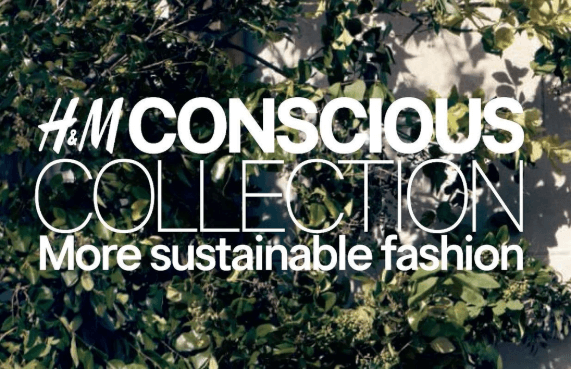
The Norwegian Consumer Authority quickly put a stop to this, saying:
‘The information on [H&M’s website] was general, and did not specify the actual environmental benefit for each garment specifically, such as the amount of recycled material in each garment’.
H&Ms ‘Pinatex’ line of products uses fruit leaves that would otherwise be discarded as a replacement for leather - even though the garments still contain petroleum-based chemicals, and are marketed as being ‘eco-friendly.
Furthermore, the amount of energy used to process the pineapple leaves consumes insane amounts of unrenewable resources which is arguably worse than using animal byproduct in the first place.
Main takeaways:
- Fast Fashion is at the forefront of greenwashing.
- These companies push a new trend every week, thus encouraging consumption and increasing waste.
- Because of the economies of scale, agriculturally sourced and plant-based ‘eco’ materials often leave a large carbon footprint.
The Australian Government
The Australian government is perhaps one of the few governments that can be attributed to greenwashing.
It recently spent climate funds on ‘researching and upgrading to clean coal’, trying to improve the efficiency of coal-burning.
Even if coal burned at 100% efficiency, it’s still a finite resource that creates CO2 as it burns.
Main takeaways:
- An unrenewable product with an eco-spin is still an unrenewable product.
- Clean versions of dirty materials are nothing more than marketing hype.
Organix shampoos
Organix shampoos regularly claim that the product is natural.
But natural is very different to organic, ethical, environmentally friendly and cruelty-free.
The company’s marketing material also alludes to there being many other environmental benefits of using their product.
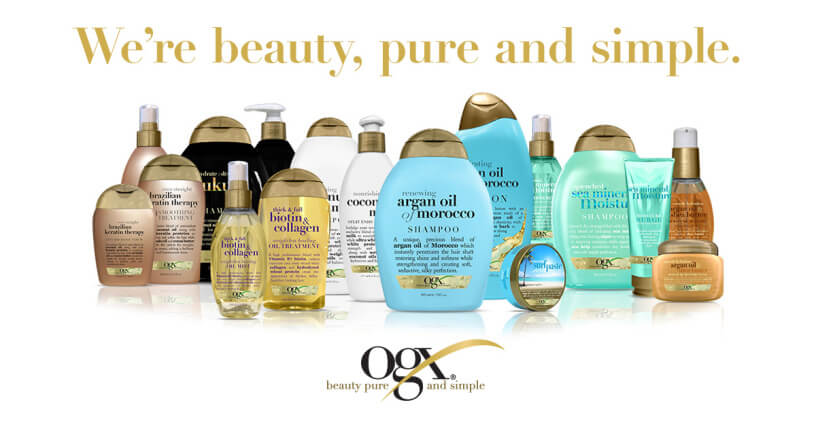
However, upon closer inspection, you find that just one in 18 ingredients of one product that claims to be 'organic' is actually certified organic.
Plus the product comes in petroleum-based plastic bottles. So there's that, too.
Main takeaways:
- A company may make certain eco claims to draw attention away from other aspects, in this case, testing on animals.
- Pay attention to the packaging of an environmentally friendly product, too, as single-use plastics are responsible for most landfill and marine pollution.
BooHoo fashion
In 2017, BooHoo announced they’d be banning all wool in their clothes, even though none of their products contained wool.
However, it quickly came to light that their ‘wool look’ and fake fur products were made from petro-chemicals and much worse for the environment.
The result?
They reversed the decision a week later.
Later, an investigation also revealed that UK-based BooHoo labourers were paid £3 per hour.
Main takeaways:
- The shift away from one material (wool) to another (fake wool) can do more harm than good.
- Wool only represents 1.3% of the global fibre supply and is a very sustainable garment material
- Sustainability goes hand in hand with ethics and responsible employment. Caring for the environment means nothing if you exploit your workers.
Greenwashing examples
Now you’ve seen a few examples of greenwashing and the consequences they’ve had, let’s take a look at some products that are currently treading the line of being greenwashed.
Tide purclean Liquid
Cleaning detergents are ripe to be greenwashed. In this case, Tide's 'purclean' liquid is in the spotlight.
As soon as you land on the site, you’re greeted with the product sitting in the fronds of a healthy green tree.

The background of the product images are made to look like imperfectly recycled cardboard, and we see pictures of delicious coconut and healthy ear of corn.
You can also see fresh grass arranged in the shape of the company logo, and it’s own statement that it’s the ‘1st plant-based detergent with the power of traditional cleaning products’.
Yes, it’s the first plant-based detergent with the power of Tide’s other cleaning products.
The product description states that ‘Tide purclean™ is a formula made with 100% renewable wind power electricity*...’

When you look at the meaning of that asterisk *, you learn ‘The same facility also uses steam power, electricity represents approximately 50% of the total energy used’.
Steam power, that's fuelled by coal? We're not sure. Either way, it's only 50% of the energy used.
There’s also no mention of the product packaging.
- Is the bottle made from recycled plastics?
- Is the lid made from petrochemicals?
- Is the label made from recycled paper?
- Is the sticker glue biodegradable?
All in all, this product page is swimming in beautifully distracting graphics, fancy words and unsubstantiated claims. A great example of greenwashing.
Main takeaways:
- If there’s too much ‘green’ and ‘eco-friendly’ in the graphic design, you’re probably being greenwashed.
- Read the brand’s statements carefully. It is claiming to be ‘the first of it’s kind’ when it’s really the brand’s first attempt at something different?
- Read the fine print and all disclaimers, paying close attention to how claims are explained.
Whitegoods
Fridges, freezers, dishwashers.
You more than likely own one of these things and have probably seen a star rating or numerical rating of these whitegoods.

But what do these actually mean?
Well, it might alarm you to hear that for a washing machine to not get an A+ rating, it would need to be powered by a gas-guzzling, big-block V8 engine.
The biggest carbon emission impact of clothing is the energy used to wash them.
Scratch the surface on a lot of electronic appliance star ratings, and you’ll see just how much hogwash there is.
You can buy a washing machine that’s got A++++ in its model name.
Main takeaways:
- If the reason you’re buying a product is that it’s certified ‘energy efficient’, do your own research into those certifications.
- If a product sounds too good to be true (in this case, an A++++ certification), you’re probably being taken advantage of.
Bottled water
More than 60% of water bottles end up polluting waterways, in landfill, or as CO2 and methane from inefficient recycling processes.
Look at the last bottle of water you bought, and you no doubt saw sprawling lakes, crystal clear mountains or exotic springs.

While the water may come from these locations, sourcing it from here has a massive impact on the local community.
Fiji water, America’s most imported bottled water, sources it’s water from Fijian springs - while 12% of Fijians don’t have access to fresh, running water.

Fiji Water also donates money to local kindergartens and schools.
A noble act, until you realise that the company only donates to institutions where most of the students are children of workers - therefore allowing the parents to come to work.
Main takeaways:
- Sustainability goes hand in hand with ethics.
- It’s immoral for a brand to prioritse ‘sustainability’ while taking advantage of employees and local communities.
Greenwashing & packaging
While many companies spend lots of money creating and greenwashing an ‘eco-friendly’ product, the packaging is usually overlooked.
Single-use plastic packaging accounts for nearly half of global plastic pollution.
As a result, it finds its way into marine environments, clogs drains and fosters the spreading of disease - just to name a few things.

The reliance on traditional materials such as aluminium, cardboard and glass will increase as more and more countries banning single-use plastics.
This also means that the packaging industry is ready for innovation - and susceptible to greenwashing.
However, there are some ‘greenwashed’ materials that you should try to avoid.
Vegan glues
Boxes made of vegan glue is a request we get a lot of here at Packhelp.
However, by default, the glue used in corrugated boxes is vegan as it uses adhesive polymers from rubber trees.
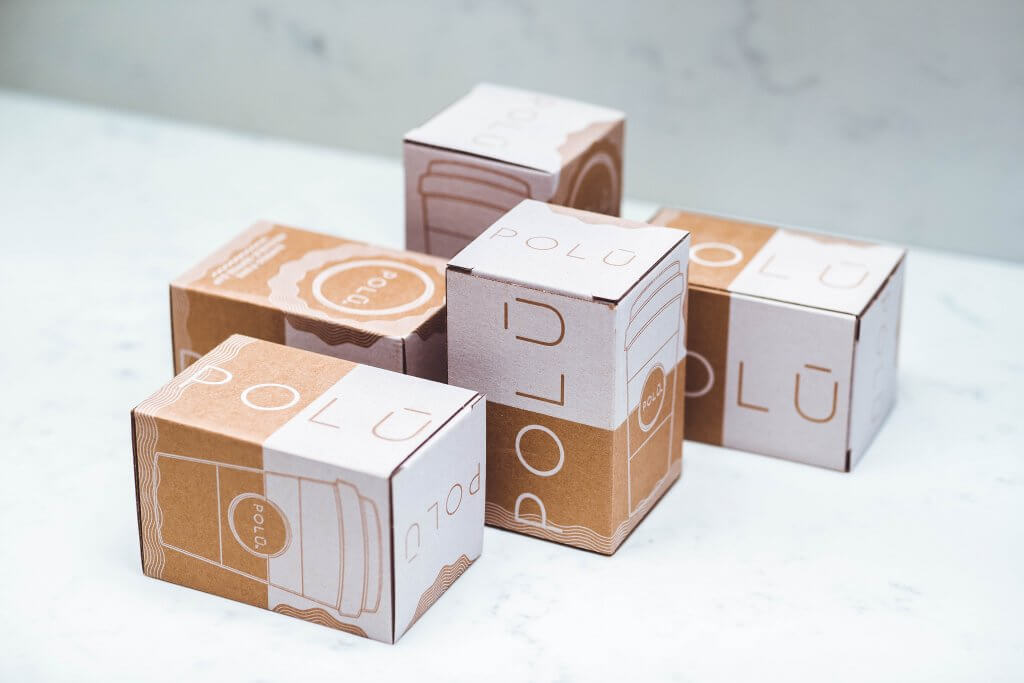
Interested in the boxes above? Check out how Polu use recycled cardboard packaging alongside their bamboo-based reusable coffee cups
Collagen is the main ingredient in many types of glue.
Collagen can be derived from plants, but it’s mostly derived from animal byproducts, usually leather and bone marrow.
Animal-based glue is commonly used in tapes, adhesives and other sticky parts of the shipping industry.
Animal glue, however, is not used in the construction of corrugated cardboard.
Click here to learn more about the glues used in Packhelp's packaging supplies
This is because it lacks the structural integrity to bind to pulp fibres that are being pulled in multiple directions.
Recycled plastic
There’s no arguing that we consume way too much petroleum-based plastic, and way too much of it ends up in landfill.
But recycling plastic presents a challenge.
As it’s heated up to be remoulded, it releases CO2 and methane into the atmosphere.
Not all plastics can be mixed, and when melted down, plastic loses its structural integrity, minimising what it can then be turned into.
Many materials that are made out of recycled plastic have come under scrutiny by conservationists.
Roads made of recycled plastic for example.
As they start to wear down, microscopic pieces of petroleum-based plastics are dispersed.
These particles go into the atmosphere for us to breathe or onto the ground surrounding the road to be washed into waterways when it rains next.
While this isn’t directly relevant to recycled plastic packaging, the fact remains - recycled petroleum-based plastic is still petroleum-based plastic.
Bamboo
Bamboo is being hailed as somewhat of a saviour.
It’s fast-growing, renewable, easy to grow, and needs no pesticides.

While there’s no doubt that bamboo can step in and do a lot of things that plastic does, it does pose a few problems.
Bamboo, as an agricultural product, requires farming.
That means it needs water, large, open spaces and manual labour to grow & harvest.
Bamboo grows best in tropical climates around the equator, so shipping it from the equator to North American, Europe and other populated areas requires more energy consumption.
There are also no regulations around ‘bamboo-based materials’. Many products making such claims have as little at 15% bamboo powder, the rest being a petrochemical resin.
Bioplastics
Bioplastics are materials made out of ‘natural’ substances, rather than petroleum-based chemicals.
More often than not, this natural substance is a plant-based material (corn, palm leaves etc) or biomass from composting facilities.
While it’s great that these materials are made from other discarded products, Bioplastics also have their inherent problems.

Studies have shown that plastic bags made from bioplastics still place the same threat to marine ecosystems, as they only biodegrade in industrial facilities.
Bioplastics certified for both home and industrial compost will still not break down in water, which is where it poses the biggest threat to wildlife.
What’s more, plant-based bioplastics are usually made from corn or coconut fibre.
Corn and coconut plantations, along with palm oil, are responsible for deforestation all over the world.
It’s near impossible to establish if the ‘plant-based’ part of bioplastics comes from a cleared rainforest or elsewhere.
The solution to greenwashing in the packaging industry?
Without a doubt, the most ‘ eco-friendly’ packaging is zero packaging. If there’s zero packaging used, then there’s zero packaging to dispose of.
But chances are that if you need packaging, zero packaging isn’t an option.
Materials technology is coming along in leaps and bounds. While there is no ‘perfect’ material out there, some are better than others.
It’s certainly better to use a bioplastic and inform your customers of the importance of it, rather than using a petroleum-based plastic.
Fungus and hemp-based materials, along with other cultivated materials look set to grow in popularity.
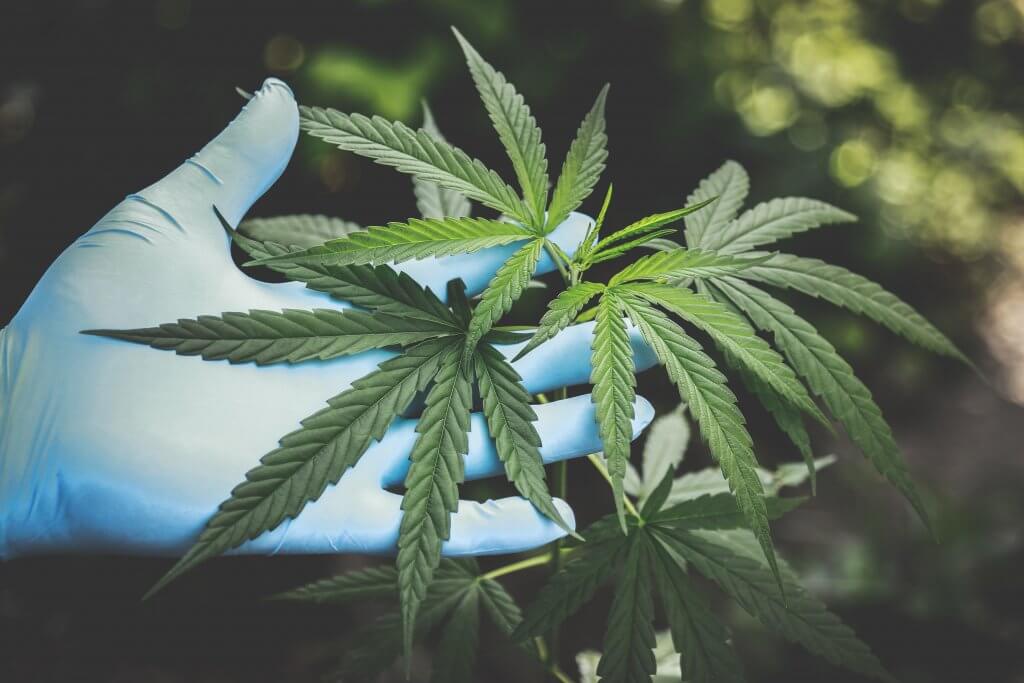
While these materials that are ‘grown’ in crops can break down and decompose naturally, the fact remains that they are from an agricultural background.
Growing and processing ‘natural’ fibres requires vast amounts of water, energy and manual labour and therefore leaves a significant carbon footprint.
Quite often, this leaves a bigger carbon footprint than processing petroleum-based products.
However, the fact remains that materials from an agricultural background are significantly better for the environment than petroleum-based materials.
Compostable polymailer bags are a great option if you’re sending durable products through the mail, such as clothing and other pre-packaged goods.
Packhelp’s range of biopolymailers can be printed with your branding on them, and are compostable in industrial compost facilities.

For many ecommerce brands, the most carbon-neutral packaging option are the traditional cardboard mailer boxes.
Most cardboard is made from recycled paper products, and thanks to the economics of scale, is done so in a rather energy-efficient way.

Click here to see how SHEYN have used the texture of natural cardboard in their packaging design.
If a cardboard box is plastic-free, has no packing slips, is printed with water-based ink and has no tape residue, it can be thrown in home compost where it will break down naturally and do no harm.
The simple cardboard box is plastic-free packaging that's all too often forgotten about.
The ball’s in your court
Greenwashing is a phenomenon that harms both the consumer and honest companies that hold the environment core to everything they do.
But these brands are being kept accountable by keen-eyed consumers who know how to spot greenwashing from a mile away.
If you’re a small brand owner that wants to avoid greenwashing and use materials that don’t take away from the earth, you must do your research.
Similarly, small brands can stand out from the competition if they avoid greenwashing in every element of their business, including packaging design
Growing, producing and delivering many alternative materials leaves a larger carbon footprint than traditional alternatives.
If a lower net carbon footprint is important to you, consider using petroleum-based products, but being open and transparent about it.
If you’re a consumer, do your own homework and check the facts around large corporations and their statements of ‘going green’.
























